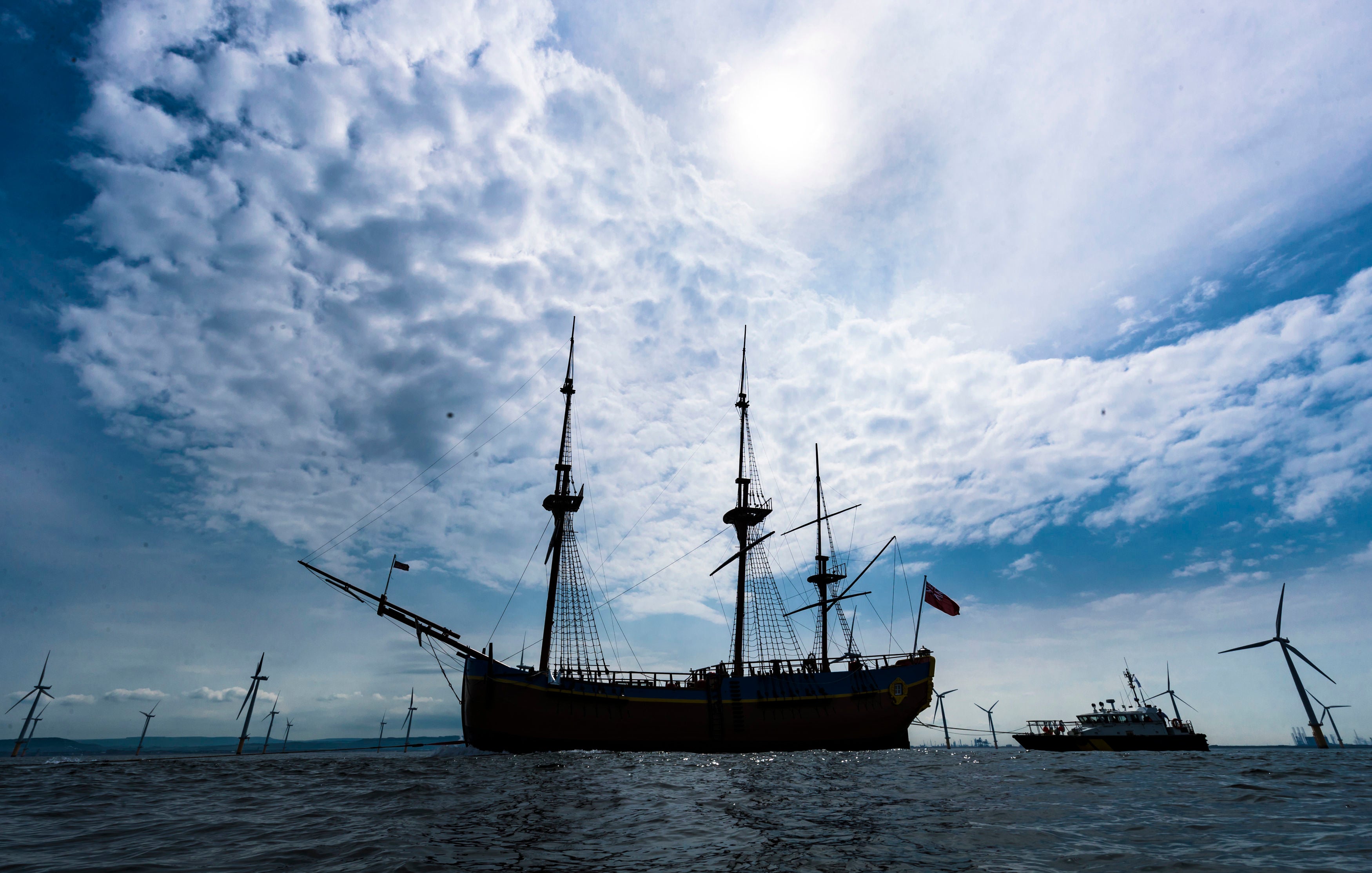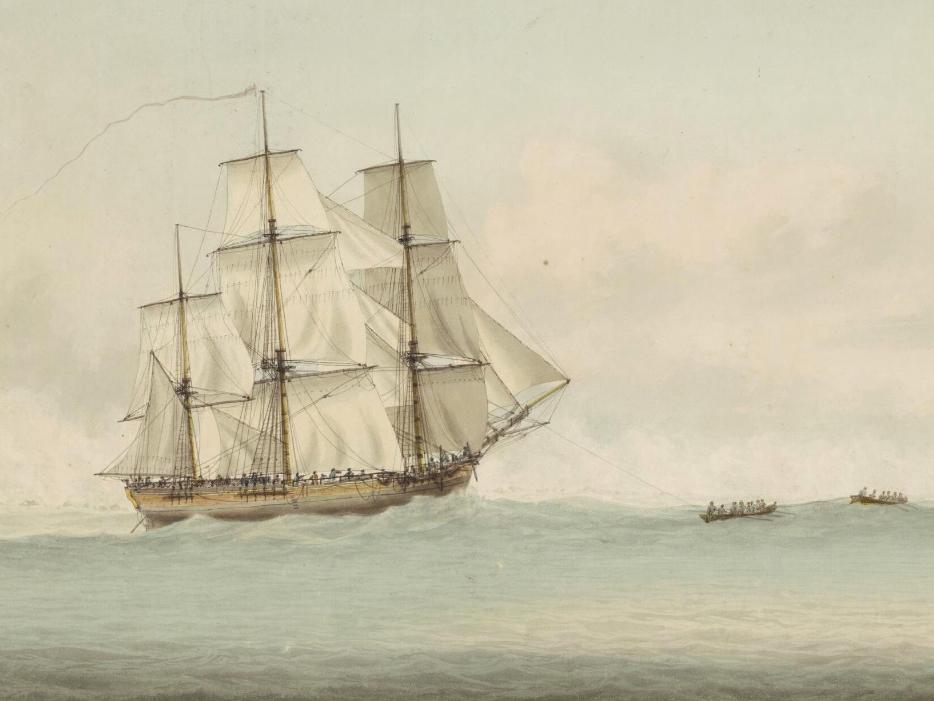Is a shipwreck off the Rhode Island coast Captain Cook’s long-lost vessel?
The HMS Endeavour was a British Royal Navy vessel sailed by Captain Cook in 1778 during the American War of Independence

Your support helps us to tell the story
From reproductive rights to climate change to Big Tech, The Independent is on the ground when the story is developing. Whether it's investigating the financials of Elon Musk's pro-Trump PAC or producing our latest documentary, 'The A Word', which shines a light on the American women fighting for reproductive rights, we know how important it is to parse out the facts from the messaging.
At such a critical moment in US history, we need reporters on the ground. Your donation allows us to keep sending journalists to speak to both sides of the story.
The Independent is trusted by Americans across the entire political spectrum. And unlike many other quality news outlets, we choose not to lock Americans out of our reporting and analysis with paywalls. We believe quality journalism should be available to everyone, paid for by those who can afford it.
Your support makes all the difference.A shipwreck off the coast of Rhode Island is the long-lost ship of British explorer Captain James Cook, according to experts.
Researchers at the Australian National Maritime Museum said they have found evidence that a shipwreck located in Newport Harbor, Rhode Island, is the remains of the HMS Endeavour, a British Royal Navy vessel sailed by Captain Cook in 1778 during the American War of Independence.
The ship was used to transport British troops during the war before it was sunk in 1778. Researchers believe the vessel is one of five British ships that now lie 39 meters below the Newport Harbour waters.
The Australian National Maritime Museum first claimed the shipwreck was that of the HMS Endeavour two years ago, but the Rhode Island Maritime Archeology Project quickly denied this claim, saying there was a lack of “indisputable data” at the time to prove it.
The Rhode Island Maritime Archeology Project added that it would not be swayed to prematurely confirm the wreck’s identity by “Australian emotions or politics” and accused the museum of a “breach of contract.”
The Australian National Maritime Museum doubled down on its claim at the time, saying it confirmed the shipwreck’s identity using a “preponderance of evidence approach.”
Researchers at the museum now claim they have uncovered new evidence that proves their claim, including the discovery of a pump well and part of the wreck’s bow, the museum said.

Experts at the museum said they confirmed the new discoveries by comparing them with archival plans of the Endeavour that were created during a British admiralty survey in 1768, The Guardian reported.
This meant archeologists were able to accurately predict where the ship’s bow would be located and found a unique joint in the timber matching information included in the original plans.
Researchers at the museum now hope to return to the Rhode Island site, which they believe is the final resting place of the HMS Endeavour, to 3D model the wreck, Kieran Hosty, marine archaeology manager, told The Sydney Herald.
“We would like to work with the Rhode Island government to do that,” she added. “If it means working with Rhode Island Maritime Archaeology Project we’ll work with them; we’ll work with anyone who is willing to help us on this site.”
Scientists have been searching for the famous vessel since 1999, investigating several 18th-century shipwrecks in a two square mile area (5 sq km), where they thought Endeavour likely sank.
Launched originally in 1764 as the Earl of Pembroke, the ship was renamed four years later as Endeavour by Britain’s Royal Navy.
The ship ventured on scientific missions in the following years, first recording the transit of Venus in Tahiti and then charting the coasts of Australia and New Zealand in 1770.
Historical records suggested the vessel was later sold to private owners and later hired by the Royal Navy to operate as troop transport.
In 1776, the vessel took soldiers to fight against American colonists who sought to break free from British control, and in 1778, it was deliberately sunk by British forces along with four other vessels Earl of Orford, Mayflower, Peggy and Yowart to create a blockade at the northern end of the Newport Harbour.
Join our commenting forum
Join thought-provoking conversations, follow other Independent readers and see their replies
Comments